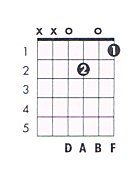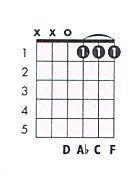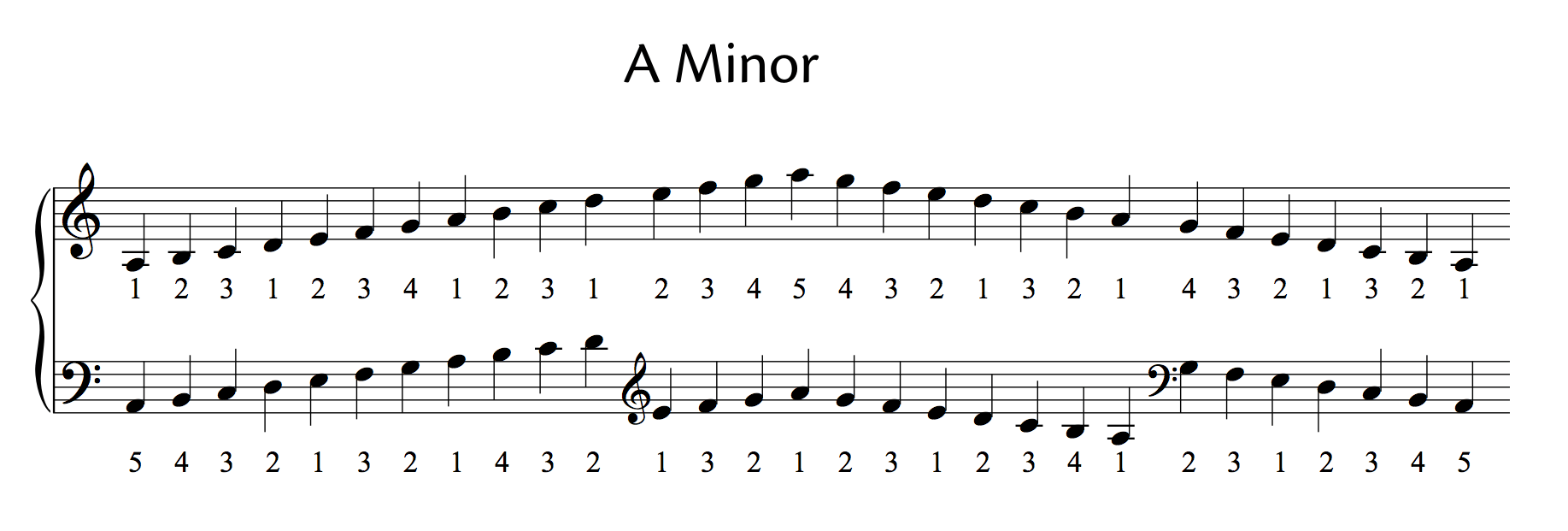
It's like everything else, it takes time and practice to learn.

The E flat major scale is an intermediate scale so take that into account when learning it.
be patient with yourself - this ones tricky to begin with!. don't speed up until you can play the scale evenly, without stopping to check your fingers at your slow pace.  go back down and concentrate on getting the fingering right especially on the turn around. Here are some tips for playing the E flat major scale hands together: Once you feel very comfortable and can play it without really thinking about it, you can start putting it together. Feel free to speed up the videos to try drills at faster tempos, and repeat replay activities as needed.When putting this scale hands together, you really need to be able to play them hands separately without stopping to think about your fingering and notes first. You may even repurpose the whole lab to target a single skill, like sight reading or ear training, or to warm up for a piece you're practicing in the same key. Try using the simpler activities to warm up your fingers or to reinforce your musical understanding. Don’t feel the pressure to complete all the exercises lab in one sitting. Take your time: feel free to slow down the video using the settings and replay activities until you’re comfortable with a given skill. Feel free to check it out for a more in-depth look into this process.ĭepending on your current skill level and practice goals, you can approach this lab in different ways.
go back down and concentrate on getting the fingering right especially on the turn around. Here are some tips for playing the E flat major scale hands together: Once you feel very comfortable and can play it without really thinking about it, you can start putting it together. Feel free to speed up the videos to try drills at faster tempos, and repeat replay activities as needed.When putting this scale hands together, you really need to be able to play them hands separately without stopping to think about your fingering and notes first. You may even repurpose the whole lab to target a single skill, like sight reading or ear training, or to warm up for a piece you're practicing in the same key. Try using the simpler activities to warm up your fingers or to reinforce your musical understanding. Don’t feel the pressure to complete all the exercises lab in one sitting. Take your time: feel free to slow down the video using the settings and replay activities until you’re comfortable with a given skill. Feel free to check it out for a more in-depth look into this process.ĭepending on your current skill level and practice goals, you can approach this lab in different ways. 
How to approach the exercisesĪs mentioned before, these exercises go hand in hand with our comprehensive video lab, which you can access for free here. Pay attention to how composers use these functional harmonies with respect to the scalar lines within each passage. Tonal phrases tend to move from tonic (roman numeral I, built on scale degree 1) to dominant (roman numeral V, built on scale degree 5), and back, with other harmonies, especially ii and IV, used to prepare the dominant. Labels harmonies according to the root, with chords built on a given scale degree assigned a roman numeral corresponding to that number.







 0 kommentar(er)
0 kommentar(er)
